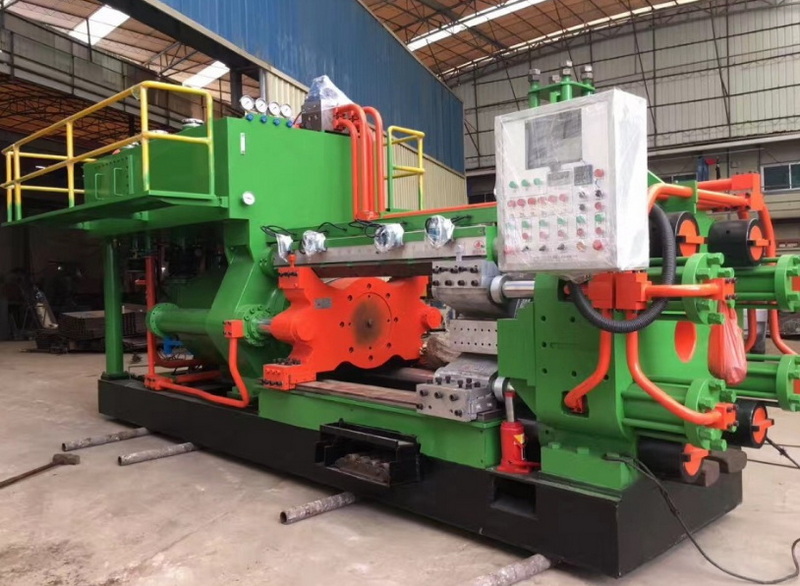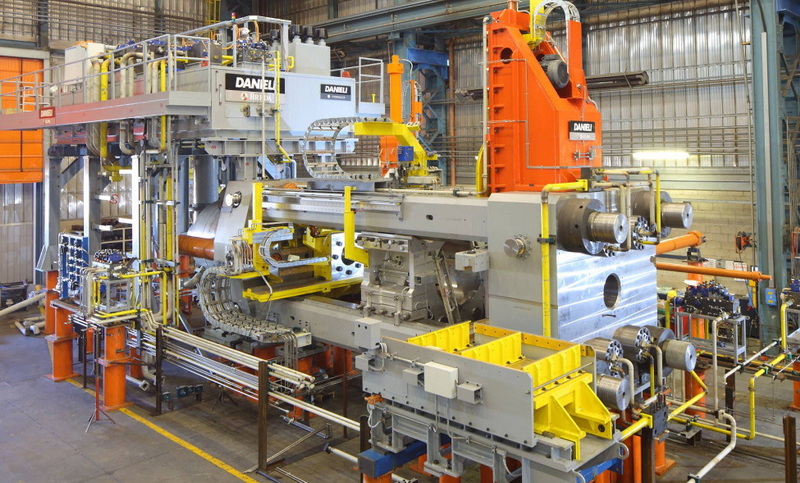Leave a Message
-
Home
-
About Us
-
-
Aluminum Extrusion Press Manufacturer
-
Aluminum Extrusion Press Supplier
-
Aluminum Extruder Manufacturer
-
Aluminum Extruder Supplier
-
Extrusion Press Machine Manufacturer
-
Extrusion Press Machine Supplier
-
Aluminum Extrusion Line Manufacturer
-
Aluminum Extrusion Line Supplier
-
Automatic Extrusion Line Manufacturer
-
Automatic Extrusion Line Supplier
-
-
-
-
Products
-
Equipment
-
Strength
-
Video
-
Service
-
News
-
Contact Us
close
Choose Your Site
Global
Social Media
-
Home
-
About Us
-
-
Aluminum Extrusion Press Manufacturer
-
Aluminum Extrusion Press Supplier
-
Aluminum Extruder Manufacturer
-
Aluminum Extruder Supplier
-
Extrusion Press Machine Manufacturer
-
Extrusion Press Machine Supplier
-
Aluminum Extrusion Line Manufacturer
-
Aluminum Extrusion Line Supplier
-
Automatic Extrusion Line Manufacturer
-
Automatic Extrusion Line Supplier
-
-
-
-
Products
-
Equipment
-
Strength
-
Video
-
Service
-
News
-
Contact Us






